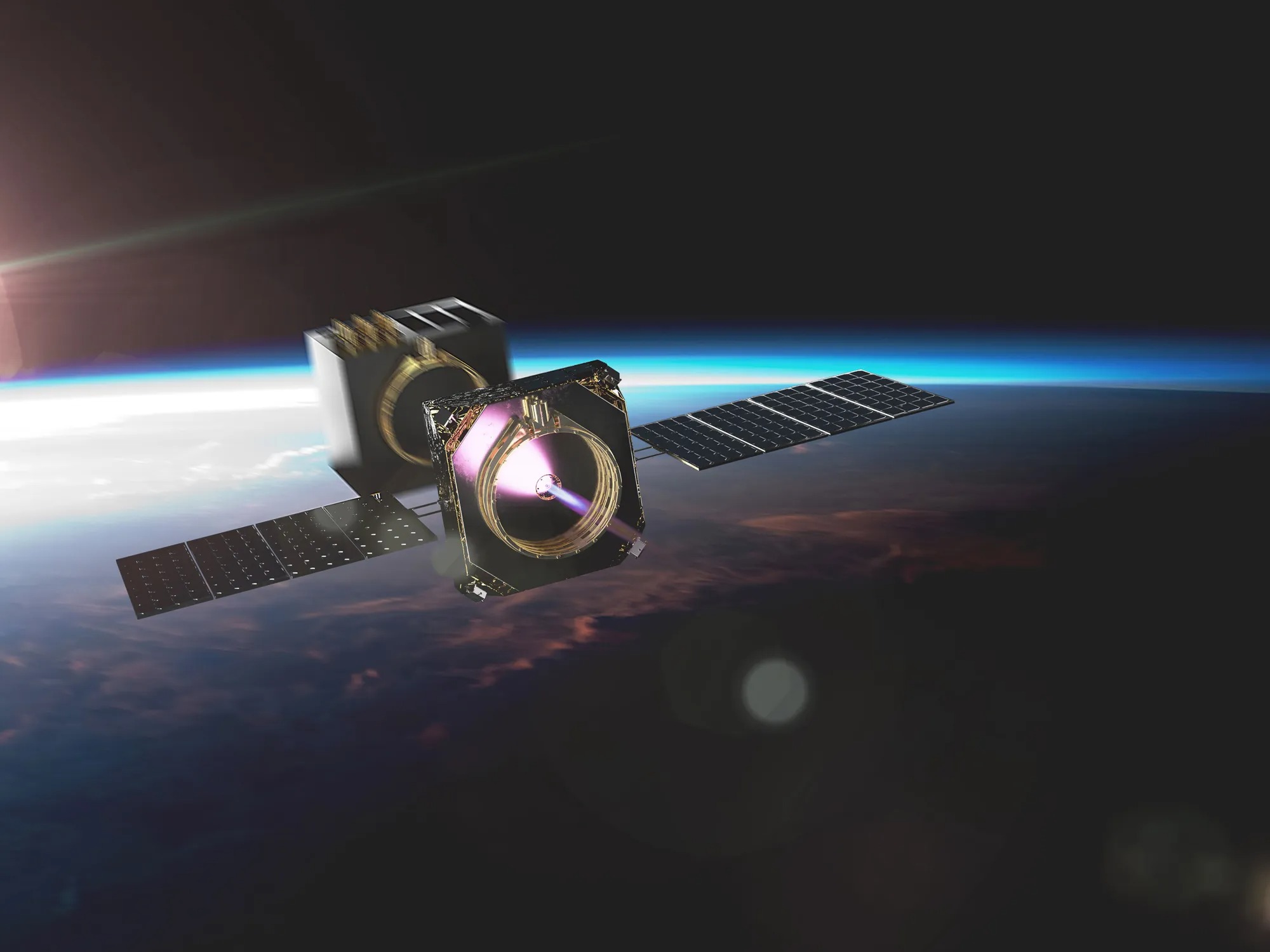California startup Momentus Space has successfully performed a maneuver to raise the orbit of the spacecraft Vigoride-5 to 3 kilometers higher using a combination of solar energy, microwaves and water. The satellite’s Microwave Electrothermal Thruster uses distilled water as fuel. This is one of several systems tested in space recently that use water in thrusters to create jet propulsion.

The Vigoride-3 mission is primarily a demonstration one. Its goal is to show the company’s ability to launch small client satellites into specified orbits. In total, the spacecraft had on board 7 PocketQube satellites of the Spanish company FOSSA Systems, engaged in the development of the “Internet of Things”.
Water propulsion system
Momentus said it planned to provide commercial space tug services that would lift satellites into higher orbits after they were deployed in space using rockets or other means. For this purpose, the company is experimenting with cost-effective alternatives to space propulsion.
“The performance of the Microwave Electrothermal Thruster has exceeded our expectations. The propulsion system successfully lifted the satellite of the Vigoride-5 mission. We have completed more than 35 tests lasting from 30 seconds to six minutes. The installation demonstrates stable and efficient operation. Momentus intends to use it to support US commercial and government clients,” Rob Schwarz, technical director of Momentus, explained in a statement.
Propulsion system for the satellites of the future
The company’s system offers a compelling, environmentally friendly and cost-effective alternative to traditional space thrusters that use chemical reactions to heat fuel to create jet propulsion. The Microwave Electrothermal Thruster uses a new approach, which is that solar-powered microwaves generate hot plasma to heat the water fuel. According to Chris Kinman, commercial director of Momentus, the installation can provide future missions with higher efficiency than traditional chemical thrusters, and also creates more thrust.
Momentum is not the only company experimenting with cost-effective alternatives to space thrusters. In March, the Japanese firm Pale Blue launched a nanosatellite for the first time using a water vapor thruster. NASA has also tested a similar technology on its Pathfinder Technology Demonstrator-1 spacecraft. In 2019, the Planetary Society used another cost–effective alternative, sunlight, to raise the orbit of the Cubesat by 3.2 km using the LightSail 2 mission.
Earlier we told interesting facts about orbital maneuvers.
According to Interesting Engineering
Follow us on Twitter to get the most interesting space news in time
https://twitter.com/ust_magazine

